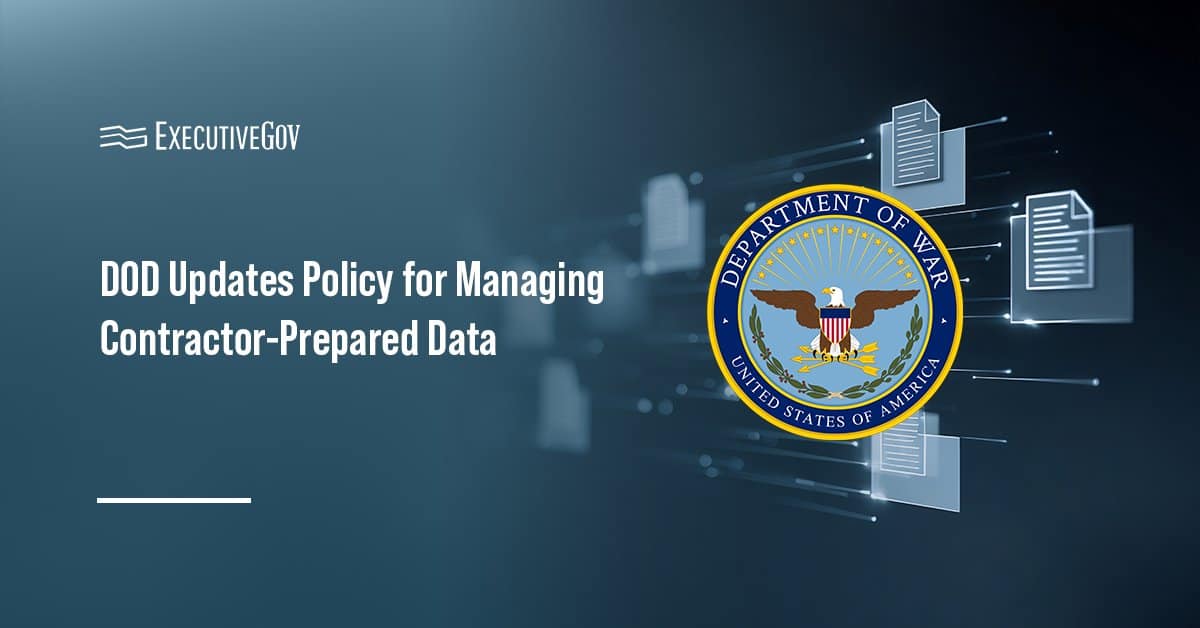 The Department of Homeland Security and FBI have pointed to a lacking cyber culture as one factor that led to the series of Office of Personnel Management data breaches in June 2015, FCW reported Monday.
The Department of Homeland Security and FBI have pointed to a lacking cyber culture as one factor that led to the series of Office of Personnel Management data breaches in June 2015, FCW reported Monday.
Sean Lyngaas writes the agencies released a memo to Defense Security Service-approved contractors that predicts future attacks amid insufficient information technology policies at the OPM.
DHS and FBI offered a number of security practices they hope will help avoid attacks similar to the OPM breach such as the adoption of a personal firewall, online activity oversight, data encryption and outbound network traffic inspection, according to the report.
The memo also suggested that tiered identity management controls could have helped to prevent the OPM hack, Lyngaas reports.





